With technology advancing so much each day, people have found new and evolved ways of doing communication, travel, and even farming.
From the green revolution around the world, HYV seeds for higher production, better fertilizers that are cheaper, people have even started to grow crops without soil through innovative ways such as bottle tower gardening.
Hydroponic Farming is the method of farming without using soil as a source of nutrients for the plants. It is done by using a liquid solution or inactive chemical substances such as Vermiculite, which provides the roots’ nutrients to absorb.
The solution is water mixed with the necessary nutrients for the plants in sufficient amounts or even vermiculite mixed with water and the essentials.
Types of Hydroponic Farming
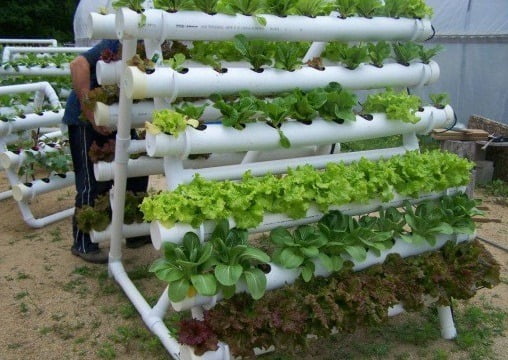
There are mainly three types of hydroponic farming, in which a different method is used to provide the soilless nutrients using liquid solutions:
Standing Aerated Nutrient System
In this, as the name suggests, the liquid is stable and does not flow. The plant is simply suspended above the liquid while the root is dipped in the solution. The liquid being static has to be filtered or replaced entirely regularly. Usually, an inert floating material like Styrofoam is used to place the plant on to stay above the liquid.
Nutrient Film System
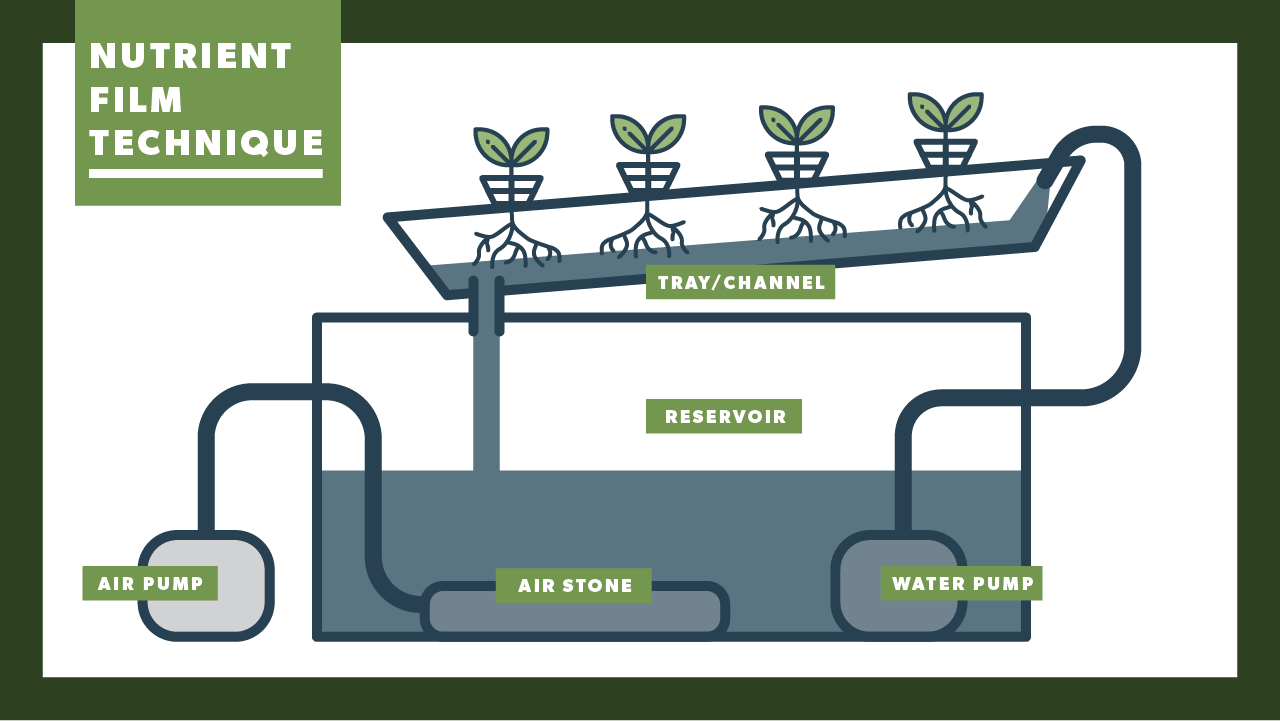
In this system, horizontal or vertical narrow passages have the solution flowing through them. The passages resemble a water channel used in agriculture but on a smaller scale. The plants are placed above the flowing liquid so that they remain in their position while the liquid only flows. Pipes can be used to make these channels by cutting them on one side.
Aerosol System
An aeroponic system also uses neither a flowing liquid nor a static liquid. Instead, it uses aerosol sprays on suspended crops to provide them with nutrients. This one is the most economical yet most labor-consuming and care-intensive out of the three.
B0labor-consuming general, all three hydroponic farming techniques require extra care. However, they are cheaper and economical, and the yield is much higher, providing an overall better return. This makes it a promising technique and is a reason for its growing popularity.
This is especially true in the case of urban locations where getting land is very expensive, and for farming, the amount of land required is too difficult to find. Nonetheless, even traditional farmers are slowly adapting to this method.
PVC Pipes: Safe or Unsafe?
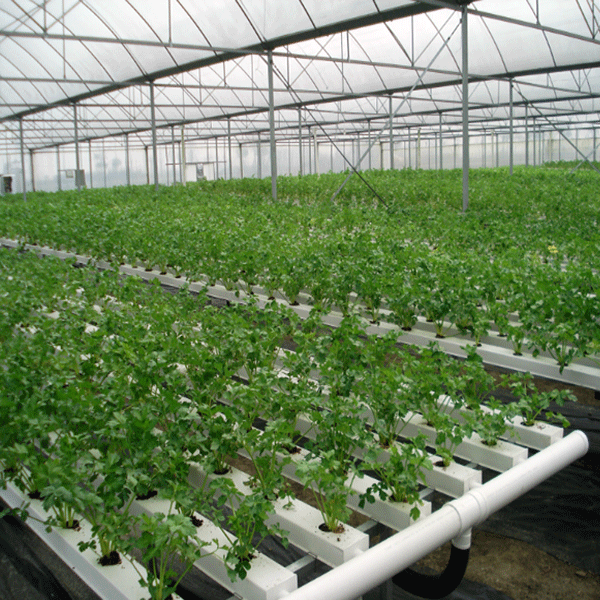
PVC pipes are made up of synthetic plastic. Plastic in itself is harmful to the environment. However, that is not enough to declare something unsafe since a lot of plastic materials are used for farming at times in tools.
PVC, however, is more toxic and harmful for use in hydroponic as well as general farming. PVC pipes can be a go-to idea for a Nutrient Film System or a Standing Aerated System as they are cheap. But one should know that these pipes have harmful chemicals leaking out of them, pernicious to the crops.
No matter whether one regularly drains out the liquid, the toxic substances will still keep coming in, and the crops will become unsafe for consumption or even die. Although new PVC pipes do not leak that many chemicals, usually to make the farms, people heat it to bend it, which increases its toxicity level. Other than that, as they grow old, they excrete more toxic substances as well.
[amazon box=”B01BW36MWI”]What Can Be Used Safely Then?
PVC pipes, in general, are harmful. However, there are types of PVCs that are safer and more chemically stable. They can be used for a long time before or not entirely needing to replace them in hydroponic farming.
The harmful ones are usually PVC type 1, 3, 7, and 6. The safer ones to use would be PVC Type 2, Type 4, and Type 5. This means one needs to research a little and then go shopping.
Another thing to make a note of is the color of the pipes. If they are for indoor use, then any color. However, for outdoor use, the pipes, if black, can absorb too much heat and warm up the solution.
White pipes can make sunlight pass through the pipes to some extent, promoting biofilms’ growth. Therefore, grey-colored pipes or similar colors can be best for use in hydroponic farming.

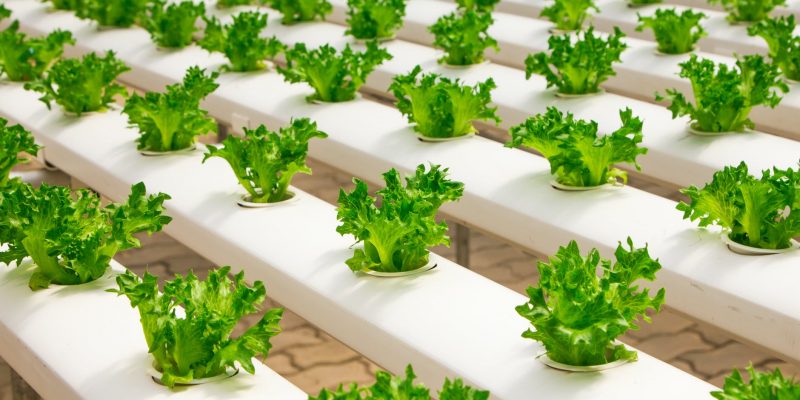


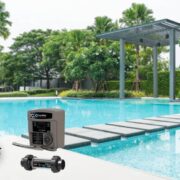

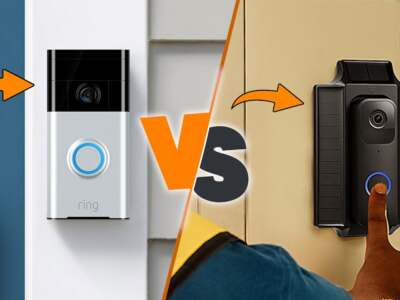
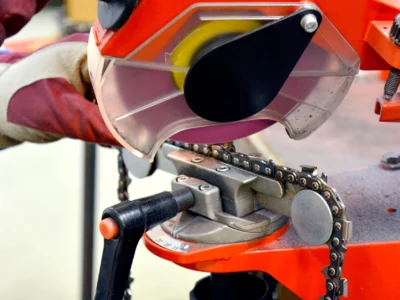
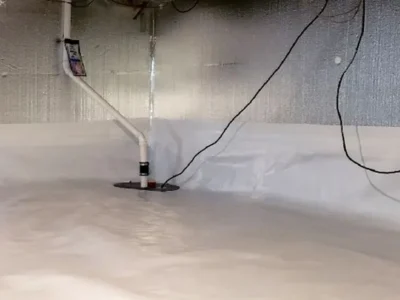
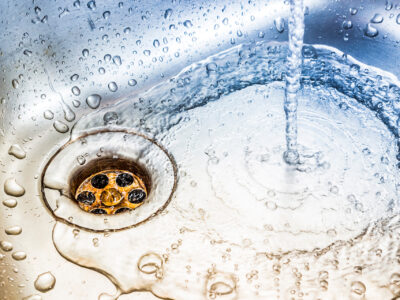
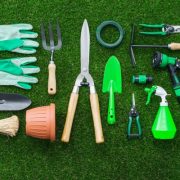
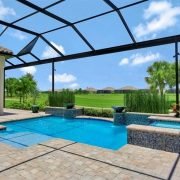


Comments